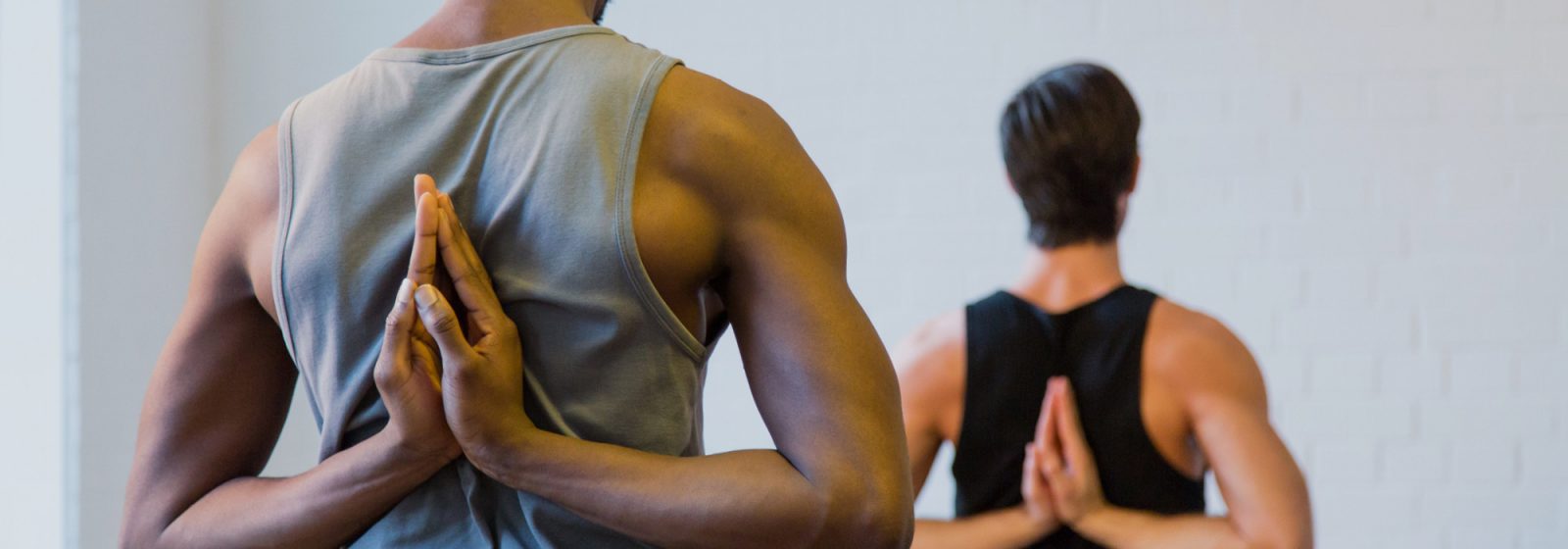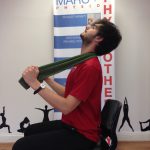The Mulligan Treatment Method is a manual therapy approach, utilised by health care practitioners specialised in the care of patient with musculoskeletal disorders. The original theory is based on the “mobilisation with movement”. A positional error on the surfaces of the joint, can create an incorrect glide and a disfunction of the joint.
Such modification with the time can lead alterations of :
- joint surfaces
- thickness and structure of the cartilage
- orientation of the ligamentous and capsular fibres
- force line of muscles and tendons
- dynamic of the nervous system
According to this method, the main problems that cause the disfunction and so the loss of movement are:
- positional error of the joint surface
- error of the trajectory during the movement.
The technique
Every joint presents two motions: the motion that you see (movement of the bone in space) and an unobservable articular accessory motion necessary for full and pain free range of motion.
The treatment consists in passive articular repositioning combined with the active movement of the patient.
The therapist applies a force to correct the accessory motion of the joint while the patient makes the active movement previously altered.
The pain during the execution of the technique has to be decreased or eliminated and, to get this result, the therapist has constantly to modify the direction and the intensity of the correction. If the movement is painful, it means that the repositioning is not functional and so the therapist has to modify and adapt the correction.
All the techniques are:
- adaptable at the articular movement
- specific for every patient
- immediately recognised through the gradual disappearing of the pain
Practical application
This method can assist the patient to improve movement restrictions, pain with movement and functional restrictions.
The common indications for this approach are:
- Pain of a non-inflammatory nature
- Acute pain from injury
- Loss of motion due to arthritic conditions
- Headaches due to neck problems
- Jaw or TMJ pain and movement restrictions
Both the clinician and the patient can quickly assess the value of this approach; if the technique is indicated, an immediate improvement in pain and range of movement will be observed.
The Mulligan Concept is not a passive treatment; the patient has an active role in the treatment and many of them benefit from self-treatment at home.
Self – Treatment
An important aspect of the Mulligan Concept is the Self – Treatment.
Between one session and the next one, the patient often is invited to do specific exercises at home; this in order to maintain the effectiveness of the therapist intervention.
The exercises consist in self – mobilizations, reproducing the same mobilization carried out from the therapist during the treatment, through the use of the own hands or a simple towel.
Patients can be quickly taught to use the towel or their own hands, giving the possibility to create an home specific treatment programme.




